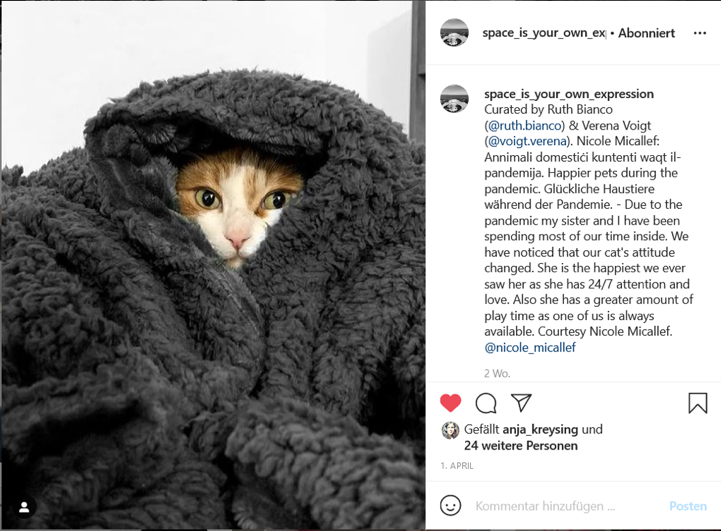
Gaston Bachelard analogised the poesis of our existence through the idea of the ‘happy home’. Not necessarily meaning the physical shell of the house, because the comforting and restorative feeling of “home” resides in our memory, which we can dream of anytime or anywhere. But these dream values are the creative tools that furnish the inner quarters of our soul - the “house” within which we live, cradling us from birth, fashioning who we are.
We grow to attach the greatest protective values over our ‘dream spaces’ because our imagination needs to be our most defended space for our survival. To do this we learn to negotiate a healthy balance between the ‘private’ and ‘public’, to guard our personal boundaries and nurture our personal freedom. This, after all, is what gives us control and defines our individuality. Our human double anthropology distinguishes the Diurnal from the Nocturnal in terms of personal spacetime – we devote ‘public space’ for rational worktime and ‘private space’ for dreamed time. These interchangeable mechanisms between our interiorities and exteriorities are key to our vitality and emotional well-being. When the harmonising of these “spaces” becomes compromised it takes its toll on our creativity and deprives us of ‘happy memories’.
Truth be told, I have never felt my inner quarters so rudely interrupted as now. My role as artist is my space for dreaming; that as educator, on the other hand, is protective of the dream space of young others. The conflict has not been easy. Remote mentoring has made things manageable, but it is also invasive on the “dream space”. The Art space must remain a physically ‘defended space’, as should the educational experience. Nothing can replace the heightened interaction engaging all the senses in our human-to-human relationships. Technologies are extensions to our imagination, not replacements. When Paul Virilio spoke about ‘the aesthetics of disappearance’ years ago, he said human beings were confusing their natural and artificial horizons (through digital screens). What he meant was that our technological gains would also bring losses to our spatial sensorium.
On the personal level, for a wanderlust like myself, I have found these times incarcerating. Travel fuels my work and imagination, and the density of a small island makes it hard to be excited by change of scene. Quietude and isolation are not the same; neither is solitude out of one’s choice the same as confinement imposed by legal notices. The invisible presence of Covid-19 leaves little space for “dreaming” when our “house” is no longer protected. Zoom life and homeworking may have solved some problems, but this also blurs worktime from playtime, interrupts time zones and personal space, and strains relationships. Imagination also strives in a void when plans and futures feel uncertain.
Yet, all is not dismal and where there is challenge there is life. The above has formed the substance for a curatorial collaboration at distance between myself in Malta and the German curator Verena Voigt in Berlin. Space-Is-Your-Own-Expression - https://www.instagram.com/space_is_your_own_expression/ is an artistic Documentary Photographic Project on Instagram that examines the understanding of space under the condition of Covid-19 in Malta through the eyes of 95 art and architecture university students. This anthropological record explores the frictional tensions between private and public spaces that have become increasingly tenuous since the outbreak of the pandemic. The photos and captions are revealing of the diverse emotions of these socially distanced students at a time when First Year should have been the most exciting. Our conceptual “Space House” will, in hindsight, optimistically serve as a memory to cherish ‘daydreaming’ as the prerogative of our personal freedom and relationships with space and one another.

Credit: @Space_Is_Your_Own_Expression curated by Ruth Bianco (MT) and Verena Voigt (DE); image courtesy Nicole Micallef.
Photo credit: ‘Uncertain Paths’ by Ruth Bianco.
References: Gaston Bachelard: La poétique de l'espace (1958); John Armitage: Paul Virilio Live Interviews (2001).
Words by Prof. Ruth Bianco.
Submitting ...
Saving ...
Any applications related to this entity, will also be automatically deleted.